How Old Do Kids Need to Be to Play Esports?
The eSports industry has become profitable, especially since its participants have become younger and its coverage has become more expansive. Statistics show that adults aged 18 to 34 make up 38% of the gaming population in the US, and 21% are under 18.
Different leagues can set their age restrictions. These regulations are necessary to prevent children from being exposed to game violence. Rules also keep them from being exploited through activities such as esports betting.
That’s what we’ll delve into here.
Esports Age Requirements and The Different Leagues
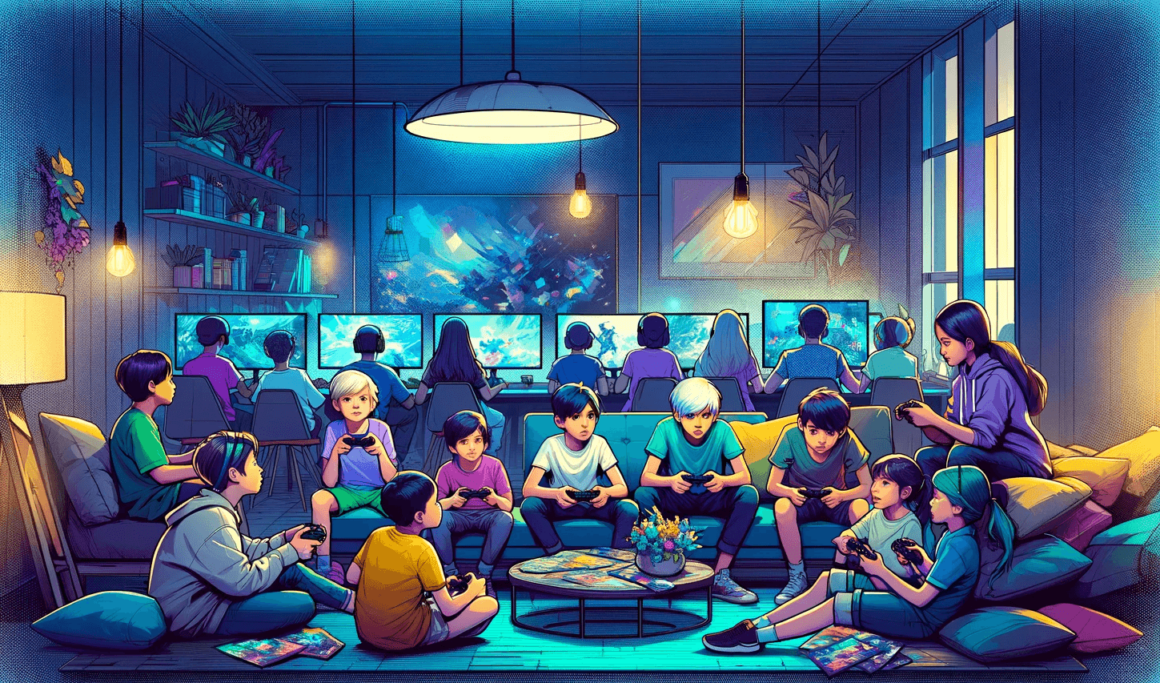
General age requirements are crucial to know, especially for parents. Formal and informal league regulations, game ratings, and age limits are critical for a great esports experience.
The gaming industry sets age limits for different games based on the following:
- Content
- Themes
- Difficulty level
Although no universal age limit exists across all games, the esports industry still sets formal and informal leagues. They usually restrict ages 8 to 12 from participating in mature, adult-themed games.
The history of teens and kids being competent in the world’s top esports games is fascinating. According to recent statistics, their participation makes this industry grow year after year.
General Age Requirements
Although there is no universal minimum-age requirement across all leagues, more prominent leagues still enforce age restrictions for competitions. Hopefully, this puts parents at ease.
In the Super League, gamers can be between ages 6-16 but must be at least 18 if they wish to play in the Overwatch League.
Many games set their minimum age limit at 13; some at 15 or 16, and the ones with extreme violence set theirs at 18. These age limits are for professional esports competitions, not general play or regular-person account creation.
These age restrictions protect kids below 17 from playing games that might not suit their age.
Formal Esports League vs. Informal Esports Leagues
Informal Esports Leagues
These organizations or institutions form amateur or informal esports leagues:
- High schools
- Gaming lounges
- Scholastic organizations
- Youth sports organizations
- Online organizations
- Esports Clubs
These venues allow young people to bond with others their age and develop gaming and IQ skills. They are formed in venues near each other, typically guiding players 17 and below.
The Super League is the gateway for kids to understand what professional tournaments feel like. All games in this league are rated ‘E’ for everyone and ‘T’ for teens. The league is strict that it cannot use games rated 18.
Formal Esports Leagues
Minimum age requirements in formal leagues vary according to the game. Some of the top titles in professional esports include CS:GO, DOTA 2, and LoL. The organizers set age requirements at 17 or 18 years, while others set theirs at 13.
These games are rated ‘M’ for mature (or 18 under the British Esports Association). M is more violent than E or T. The legal minimum age can go as low as 13, but prominent league organizers constantly monitor players and spectators.
M-rated tournaments restrict kids from being in the audience at these competitions.
Age Requirements of Top Esports Games and Tournaments
Many top popular esports games are action-packed and require mid-to-high technical skills. The games are also played online, meaning that interaction with different kinds of people is expected.
This means that gamers can be subjected to positive and negative treatment from other players, ranging from simple insults and “flaming” to bullying and abuse.
Age restrictions for these games are necessary to protect children.
DOTA 2
According to PEGI, this game is labeled 12. This rating is for teens who must be cautioned about the violent graphic nature involving fantasy characters.
It further states that “sexual innuendo or sexual posturing can be present,” while there must only be mild foul language in this category.
The age requirements for joining DOTA 2 tournaments can vary. The youngest player to win a Valve event was Sumail “SumaiL” Hassan. He won just days before he turned 16. He was the youngest to join and win at The International (TI), the biggest DOTA 2 tournament in the world.
League of Legends
LoL holds a 12 rating in the PEGI System. To access the game, players must be 13 or over.
Similar to DOTA 2, the possibility of foul language comes from the chatting system, where players can directly speak to each other.
Lee “Clozer” Ju-hyeon joined T1 when he was 16 and made his pro debut at 17 in an LoL tournament.
Honor of Kings
Honor of Kings is the biggest mobile game in China esports. Though the minimum age is unclear for this game, it’s apparent that minors can play it.
Tencent has enforced time limits on teenagers because China recognizes playing video games as addicting. Those under 18 can play just one hour each weekday and 2 hours on weekends. For 18 and above players, there’s no limit to how many hours they can play.
One of the youngest in the top 20 list is Sun “TanRan” Linwei, at 19. His total earned prize money is $911,526.54 from 6 tournaments.
Counter-Strike: Global Experience
CS:GO is a First-Person Shooter (FPS) game pinning two teams of 5 against each other. With this kind of premise, the game would warrant a strict rating.
The game has a rated 18 rating on gaming consoles. The PC version has no age rating because downloads are not monitored.
In 2020, João “Snowzin” Vinícius became the youngest person to join an esports team when BOOM Esports hired the 13-year-old as their 6th member.
Peacekeeper Elite and PUBG Mobile
Peacekeeper Elite is China’s version of PUBG Mobile. It rose from 50 to 75 million players in March 2020.
The PEGI gives PUBG Mobile a rating of R18 because its increased level of violence has reached “a depiction of gross violence, apparently motiveless killing, or violence towards defenseless characters.”
However, Peacekeeper Elite’s top players are around 19. Chen “Z9” Zixuan is a 19-year-old PE player with $275,878.50 in earnings from 5 tournaments before turning 18.
Minors can play PE since developers subdue the violent content of their version. Politically charged content is also censored. Many Chinese games undergo a thorough examination by the state before being published.
Valorant
Valorant is an FPS game with a PEGI 16 rating and T for Teens (ESRB). The game features violence due to the weapons and methods used to execute opponents. Same with CS:GO, Valorant is a 5v5 game that requires teams to plant and defuse bombs.
Emir “Alfajer” Beder is currently the youngest Valorant esports athlete at 17—his total earnings from gaming stand at $58,042.
Fortnite
Fortnite is where 100 players battle against each other to become the last man standing. It has an ESRB Teen rating in the US, which means it’s only suitable for 13 years and older. In Europe, it has a PEGI 12 rating.
The graphics, gameplay, and features mainly cater to children and teens.
Fortnite’s youngest pro player is Joseph Deen. He signed on to Team 33, one of the most competitive teams, at age 8. He signed a deal with them for $33,000.
Call of Duty
Call of Duty is an FPS game with intense violence and strong language—both the ESRB and PEGI rate it at 18.
One of its top professional players is Wang Zi, or “Sunuo,” from China. He is the youngest active player at 18 years old from one of China’s top COD teams, Duoyu Gaming.
Kids Joining Top Esports Tournaments
Esports has come a long way. The industry has become an opportunity for players to showcase their talents and make a career out of playing video games.
Kids participate in many of the world’s biggest games, such as Fortnite, Halo 2, Dota, League of Legends, and Starcraft II.
Fortnite is designed for younger gamers. Kyle Jackson was 13 when he got a team contract with one of Fortnite’s biggest teams, Team Secret.
Cho Sung Hoo, aka Maru, is one of the youngest professional Starcraft II players. He competed outside his home country of South Korea, including Cologne, Germany. He has become one of the best Terran players out there.
The experience and skills acquired from the Super League give kids a chance to become pro gamers.
What is Super League Gaming, and How Does It Help Kids?
The world of esports gear the Super League towards players from age 6 to 16. Think of the Super League as the “Little League” version of baseball for esports.
This league is an entry point for the young ones interested in professional esports. It helps children and parents experience the competitive nature of the tournaments.
It is a venue for kids to socialize with their peers and help them develop confidence, strategy skills, teamwork, communication, and other skills as they play.
Many parents find that the tournaments also teach their kids good sportsmanship. It helps the children become mindful of their emotional state, which can help them manage any stress they might feel daily.
Wrap Up
Age limits in esports may vary, but parents can usually trust tournament organizers to uphold their age restrictions for both players and spectators.
As parents, it’s crucial to guide your young player well. This way, they can enjoy the time they have with other players. They can also develop cognitive skills in the long run.
FAQ
What games are safe and suitable for children under 13 or 10?
Minecraft is a trendy game for kids under 13. It’s a building and construction game with no harmful content so the whole family can play it.
What esports games are purely for those above 18?
Shooter and brawler games such as Mortal Kombat X, Quake, GoW, CoD, CS:GO, Rainbow Six Siege, PUBG, and Battalion 1944 are some games only ages 18-above can play.
What age group is esports?
There is no hard-set rule for age groups, but kids, teens, and adults from 6 to 16, 17, and beyond all participate.
How old is the youngest esports player?
Victor “LiL Poison” de Leon III is the youngest pro gamer. He started competing at age 4. When Victor was six years old, he signed on to a gaming league and officially became a pro.
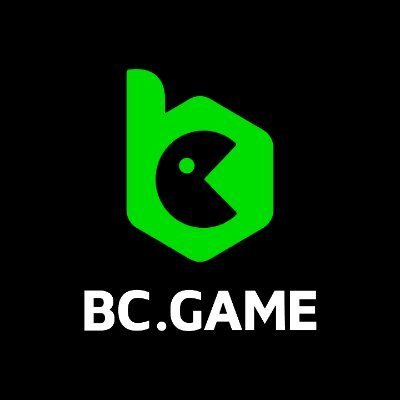 BC.Game
BC.Game 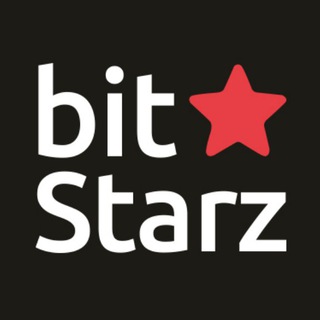 BitStarz
BitStarz 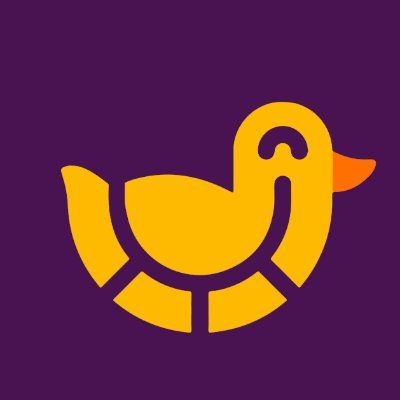 Ducky Luck
Ducky Luck 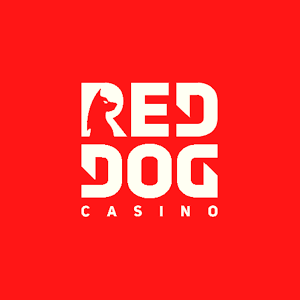 Red Dog Casino
Red Dog Casino